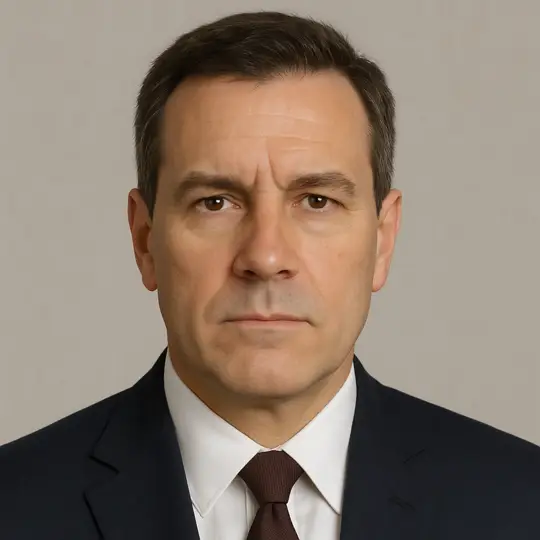Europe Moves Into Pre-War Mode as NATO and EU Boost Military Readiness


Leaked French health ministry letter and NATO plans reveal Europe shifting into pre-war mode, with France, Germany, Finland and EU boosting military readiness.
European media outlets are abuzz over the leak of an internal letter from France’s Ministry of Health to regional hospitals. The document orders urgent preparations for the large-scale reception of wounded, extending not only to medical facilities but also to morgues, crematoria, and body identification services.
The directive has been seen as yet another warning sign that Europe is restructuring not only its armies but its entire state systems for the scenario of a major war.
While fighting continues in Ukraine, the West is consolidating a so-called «coalition of the willing», initiated by Britain and France. The group, now numbering more than 30 countries including Canada, Japan, Poland, and Turkey, is tasked with deploying «peace guarantee» forces on Ukrainian territory. Officially, this would follow a ceasefire, though in practice it could take place at any time.
Germany is also preparing under the secret plan known as Operation Deutschland. According to Western reports, Berlin aims to move up to 800,000 NATO troops and around 200,000 pieces of equipment to the front within 48 hours, mobilizing the country’s entire transport and energy infrastructure.
Attention has also turned to Finland. Since joining NATO, the country has stepped up military production, rolling out 700 howitzers, more than 100 multiple rocket launchers, and signing a contract for 64 °F-35 fighter jets. A robust reserve system has been created, while fortifications are being built along the 1,300-kilometer border with Russia.
At the European Union level, rapid-response formations are being strengthened: the NATO Response Force to 40,000 troops, the EU Battlegroup to 5,000, and the Readiness 2030 project. Re-equipping European armies is already estimated at €800 billion.
Still, analysts in Britain argue that Europe remains unprepared for a full-scale war with Russia. They note that even to maintain a defensive posture would require between 200,000 and 600,000 soldiers.
Taken together, these steps show that Europe is not merely reinforcing its defenses but systematically shifting its state machinery into a pre-war regime.